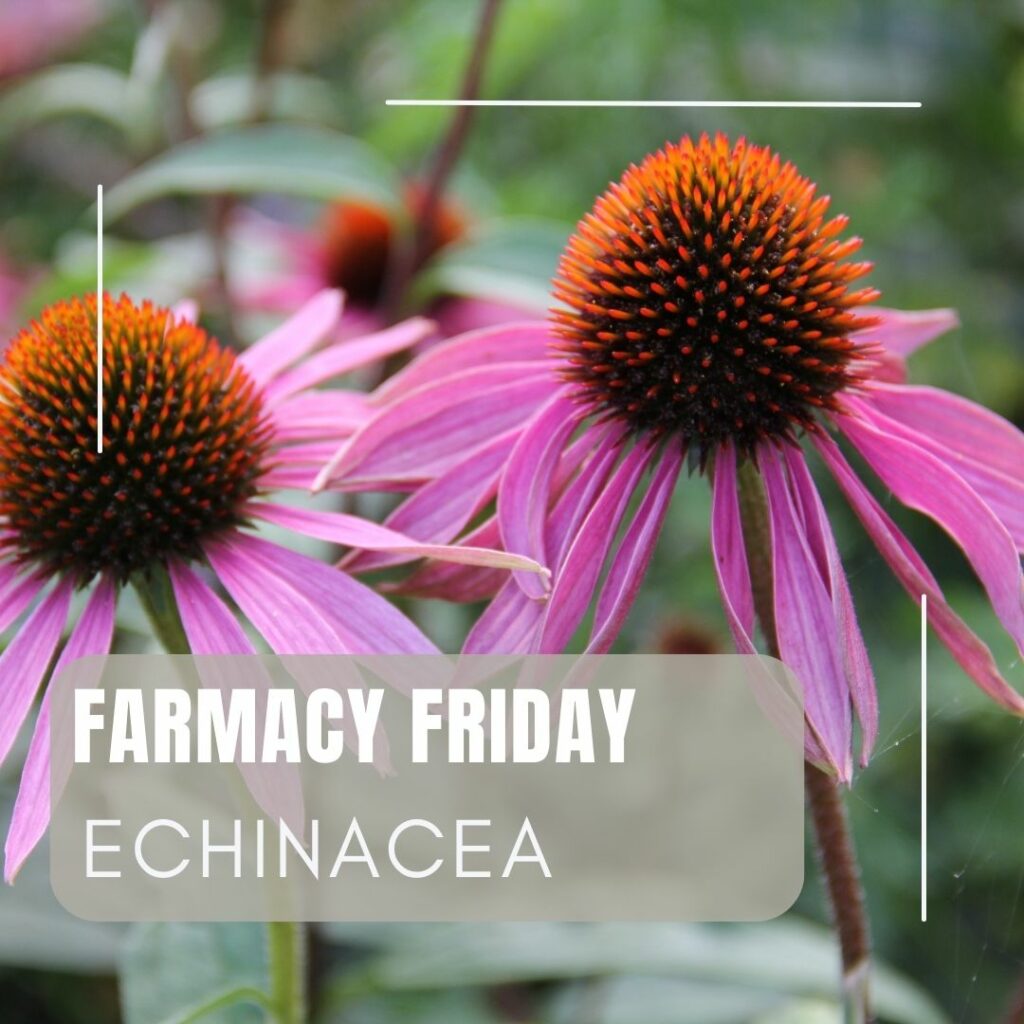Discover the Healing Power of Echinacea
Echinacea (Echinacea purpurea), commonly known as purple coneflower, is a stunning perennial that offers both beauty and powerful medicinal benefits. Known for its vibrant purple petals and cone-shaped center, this resilient plant is a staple in herbal remedies and pollinator-friendly gardens.
A Natural Immune Booster
For centuries, echinacea has been revered for its ability to support the immune system. Traditionally used by Indigenous cultures, this herb is believed to help the body fight off colds and infections. Today, echinacea is commonly found in teas, tinctures, and capsules as a natural remedy for seasonal wellness.
Attracting Pollinators
Echinacea is more than just a medicinal powerhouse—it also plays a crucial role in supporting local pollinators. Bees and butterflies are drawn to its nectar-rich flowers, making it an excellent addition to any pollinator-friendly garden. By planting echinacea, you’re helping sustain essential pollinators that contribute to biodiversity.
Growing and Caring for Echinacea
Echinacea thrives in full sun and well-drained soil, making it a low-maintenance yet rewarding plant. Once established, it’s drought-tolerant and can withstand various weather conditions. Deadheading spent flowers encourages continuous blooming, while leaving some seed heads intact in the fall provides food for birds during colder months.
Versatile Uses
Beyond its medicinal uses, echinacea adds striking visual appeal to gardens and landscapes. Its tall, elegant blooms make it a favorite for borders, wildflower meadows, and cut flower arrangements. Whether you’re sipping echinacea tea, observing pollinators in action, or simply enjoying its vibrant hues, this plant offers endless benefits.
Visit Queen Creek Botanical Gardens to see echinacea growing in our Medicinal Garden and learn more about the incredible healing power of plants. Let’s cultivate wellness and sustainability together!

